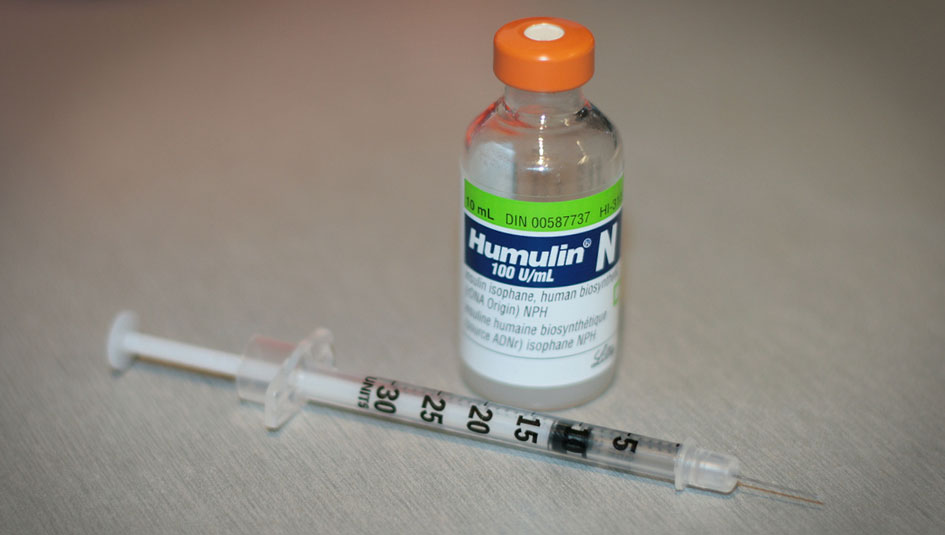A T1 Tale of Two Nations

History can make for some interesting science experiments. It might even explain why people living less than 200 miles apart can have such differing rates of Type 1 diabetes.
According to an article in Smithsonian, researchers believe they have found a geographic hotspot that illustrates how good hygiene might cause children to be more likely to develop Type 1 diabetes. The researchers are focusing on Type 1 diabetes rates along the border between Finland and Russia. The two countries share a similar arctic climate and a relatively similar genetic background, at least regionally; yet, the rate of Type 1 diabetes in Finland is 6 times higher than just over the border in Russia.
The reason, researchers believe, may be directly related to the different living standards between the two countries over the last half century. In the 1950’s, at the time when the Cold War first heated up, Finland’s rate of diabetes was ¼ of what it is today. But since that time, Finland’s living standards have gone up at a faster rate than Russia’s, due in part to the economic depravation of living in the former Soviet Union.
In practical terms, this means that Russian children across the border were routinely exposed to more germs and bacteria than their Finnish counterparts. Studies have shown that Russian kids 175 miles away from the Finnish border are regularly exposed to hepatitis A, Toxoplasma gondii, and Helicobacter pylori, all rarities in Finland. Scientists also believe Russian kids spent more time than Finnish kids in crowded daycares and playing in dirt.
Researchers are trying to build evidence to support what is called the hygiene hypothesis, or the idea that autoimmune diseases like T1 might be triggered by immune system cells that have too much time on their flagelli. Essentially, researchers believe that our immune systems are built to ward off foreign invaders, but children in affluent countries sometimes don’t encounter enough bacteria and viruses to keep their bodies busy. Mayhem can ensue as T-cells attack parts of the body, including insulin-producing cells in the pancreas.
 This hypothesis has been picking up steam since 1989, when a UK researcher first noticed that children of larger families tended to have lower rates of asthma than children of smaller families; the thinking was that the colds that make the rounds in big families keep the immune system busy during a critical point of development for the immune systems of children. Since then, immunologists have been keeping busy finding that children who are regularly exposed to germs and bacteria tend to have lower rates of autoimmune diseases, including Type 1 diabetes.
This hypothesis has been picking up steam since 1989, when a UK researcher first noticed that children of larger families tended to have lower rates of asthma than children of smaller families; the thinking was that the colds that make the rounds in big families keep the immune system busy during a critical point of development for the immune systems of children. Since then, immunologists have been keeping busy finding that children who are regularly exposed to germs and bacteria tend to have lower rates of autoimmune diseases, including Type 1 diabetes.
Nobody is suggesting we throw out the hygiene with the bathwater to achieve lower rates of diabetes. Instead, researchers are now beginning to determine how to keep the immune system busy enough with a relatively harmless problem to tackle: parasitic worms. In 1999, researchers at the University of Cambridge, for example, infected one group of genetically-engineered lab mice with helminth worms (or hookworms), and followed the health of that group and a control group of mice without the worms. What they found, according to a report in The Naked Scientists, was that 73% of the control-group mice developed T1, while only 28% of the mice infected with hookworms developed the condition. Many other studies have shown similar results with rates of other autoimmune diseases in mice.
Slowly, researchers are now beginning to carefully test out this theory in humans, but they face some regulatory hurdles, since the FDA considers hookworms to be something to prevent rather than something to approve. This has led to some unorthodox scientific experiments. For example, Dr. James Logan, a UK researcher at the London School of Hygiene and Tropical Medicine, infected himself with worms to successfully treat a food allergy.
Scientists are just now beginning to run human trials in a more traditional sense. Coronado Biosciences, a Massachusetts-based research outfit, is running trials using worm therapy to see if it can help prolong the honeymoon period of insulin production for those newly diagnosed with T1, or even if it can block T1 from developing in those who are genetically predisposed to the condition.
While this new therapy is gaining credence among immunologists, it will still be some time before researchers can determine the best way to trigger the immune system to keep it busy, or even what the benefits might be. It also may be some time before health regulators in affluent countries embrace the therapeutic use of a parasitic worm that they spent a long time trying to eradicate.
Thanks for reading this Insulin Nation article. Want more Type 1 news? Subscribe here.
Have Type 2 diabetes or know someone who does? Try Type 2 Nation, our sister publication.







